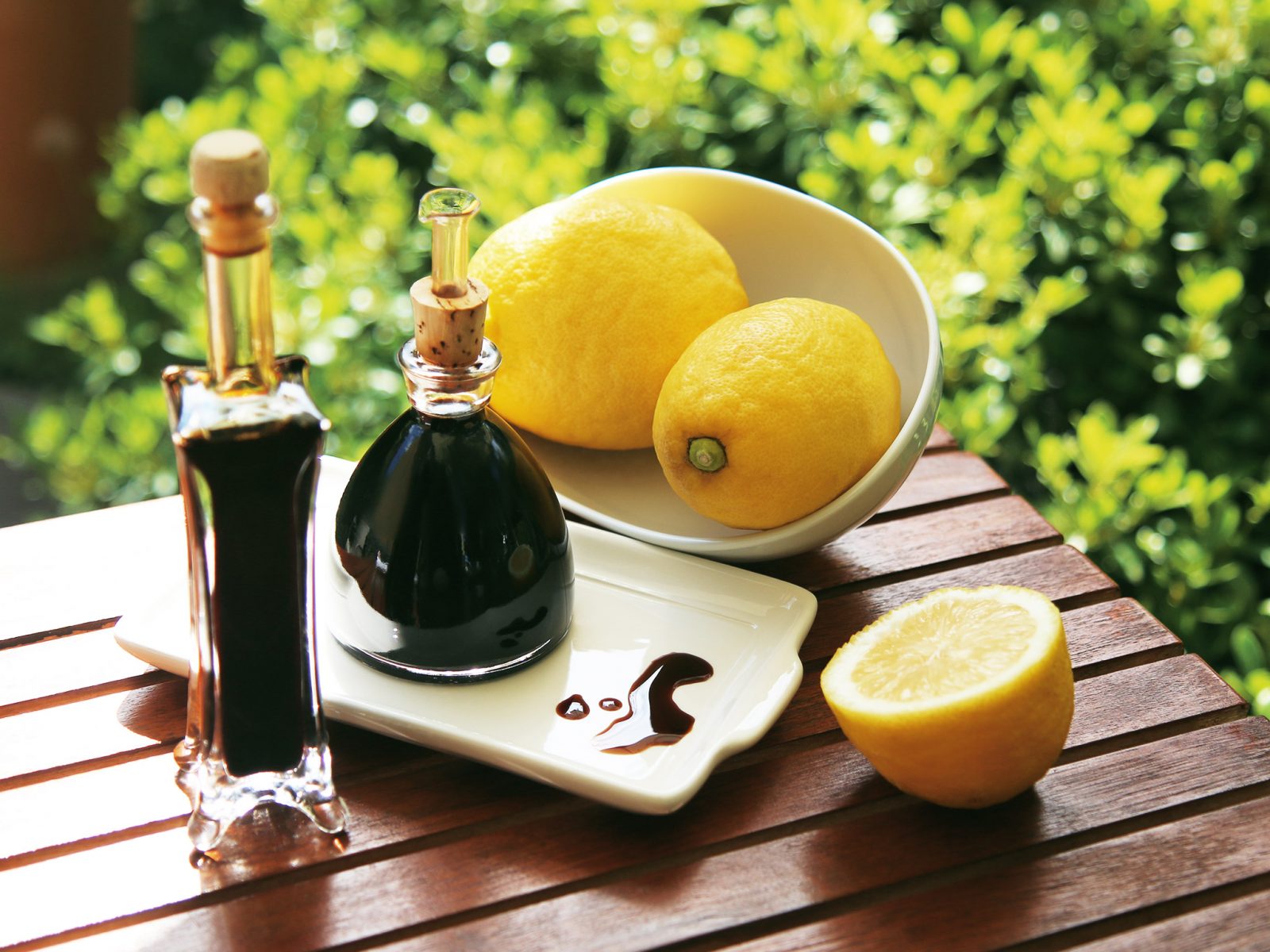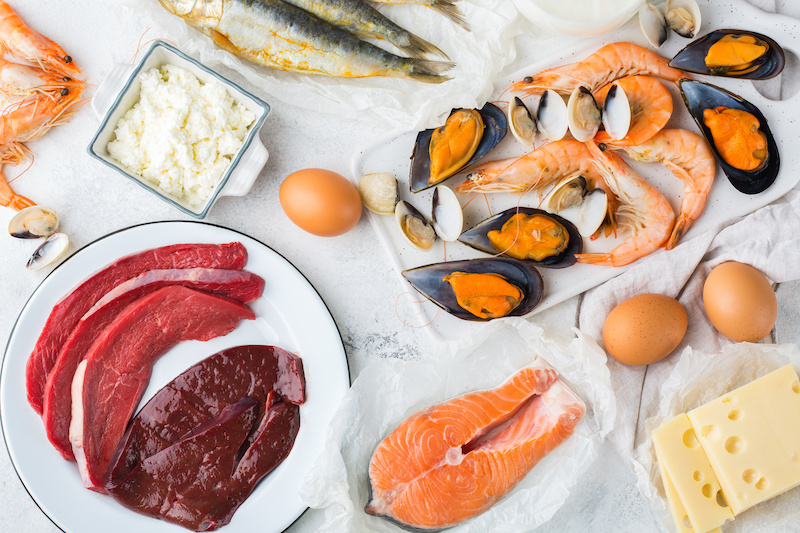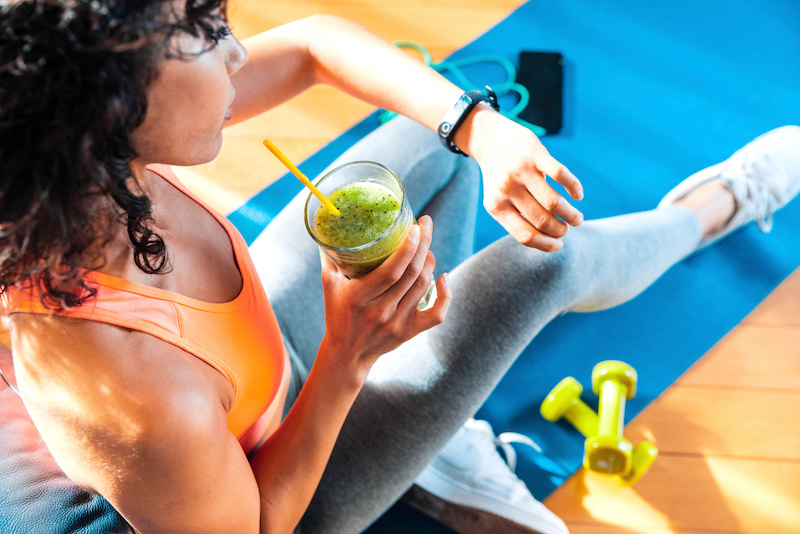
Balsamic vinegar might be a staple of Italian cuisine. However, this has not always been the case. Known as “nobel’s vinegar” or “black gold”, the history and the tradition of making are as rich and authentic as its flavour.
Balsamic vinegar, or as it is correctly called: Aceto Balsamico Tradizionale di Modena (or di Reggio Emilia) D.O.P and Aceto Balsamico di Modena IGP are protected specialities from Italy. This means that not every brown condiment that claims to be balsamic vinegar is the real thing.
The difference between the ‘real’ and ‘unreal’ balsamic vinegar
First, the price tag is a good indication of the product’s authenticity. “Real” balsamic vinegar will cost you an arm and a leg. To be more precise: above GBP 100.
Second is the notable seal of approval. Look out for the stamp confirming the product’s name and origin. For centuries the recipe for balsamic vinegar was hidden from the general public.
Finally, the production of the condiment is extremely lengthy and complex.
A unique grape for balsamic vinegar
Every minute detail counts when it comes to receiving the designation of protected origin (D.O.P) sign. For example, balsamic vinegar has to be made with white Trebbiano grapes. This type grows in Modena and Reggio Emilia.
The grape must then have to be fermented and matured in barrels. These containers are made of a certain wood in a particular manner during a period of at least 12 years.
No additives are allowed. If you see corn starch, caramel, white wine vinegar or sulphates listed in the composition of balsamic vinegar, then you do not have the authentic product.
However, this does not mean that the balsamic vinegar you might use is not a good product. It just is not authentic balsamic vinegar.
Balsamic vinegar is a sought-after condiment for many dishes
If you can get your hands on the authentic product, then a little goes a long way.
Balsamic vinegar will be a brilliant addition to many starters, main dishes and even desserts. A tiny drizzle of the condiment guarantees the immediate enhancement of the taste of any dish.
Luckily, the variety of condiments that use balsamic vinegar in their composition is excellent and comes at a fraction of the cost.
For example, preparing marinades with an expensive balsamic vinegar might be a waste of the product. For this purpose, a cheaper version, not older than three years, will work just as well.
2 exquisite recipes with Balsamic vinegar
In a bowl, mix 3 tbsp / ¾ cup of balsamic vinegar of Modena with 3 tbsp / ¼ cup of extra-virgin olive oil. Add 1 tbsp of brown sugar, 1 tbsp of Dijon mustard and 1 minced garlic clove. This marinade works well on any cut of meat; just adjust the time of marination accordingly.
For a simple dessert with a twist, mix 2 tbsp of balsamic vinegar with a tbsp of sugar and drizzle over a plate of fresh strawberries, pitted cherries and red grapes. Decorate with a few fresh basil leaves.


